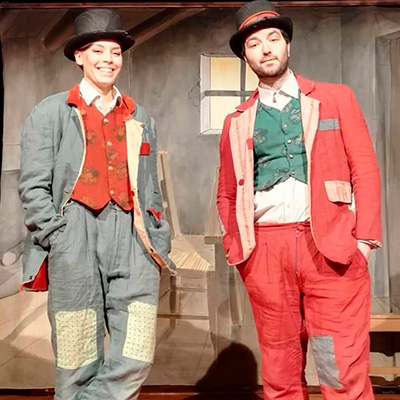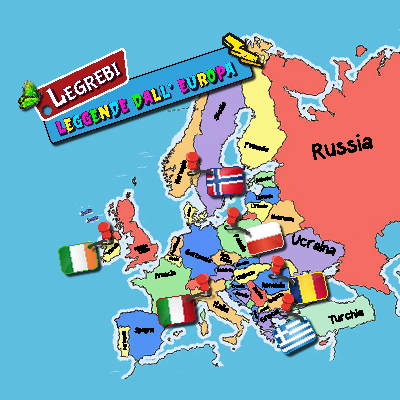Crossings
The show
A boy and a girl meet by chance in a public garden and start talking. They both tell about their past: two very different pasts.
She is the daughter of a wealthy family, but perhaps a little too bigoted and closed-minded. A family that sees in its daughter the possibility of realising dreams that are, however, only those of her parents, who are unable to recognise in their daughter a person with her own capacity to want and desire. And here are born the discussions and the quarrels, above all with the father, the misunderstandings with a mother too weak, here is born the uneasiness of the daughter, symptoms that will then lead to a violent and dangerous reaction. He, on the other hand, is a boy who comes from a distant and poor country, who has crossed the sea and experienced all sorts of mental and physical abuse, a boy in search of a well-being that he could not have in his country of origin.
Two different stories, but both told to raise questions, to pose problems, to seek solutions together. Both to talk about the Charter of the Rights of the Child.
This show particularly takes into consideration the following articles of the Charter of the Rights of the Child:
- Art. 6 – you have the right to live
- Art. 7 – You have the right to a name that must be officially recognised by the government. You have the right to a nationality (to belong to a country)
- Art. 12 – you have the right to speak your mind and adults must listen to you and take you seriously
- Art. 14 – your parents should help you decide what is right and wrong and what is best for you
- Art. 32 – You have the right to protection from work that harms you, your health and your education. If you work, you have the right to security and to be paid fairly









